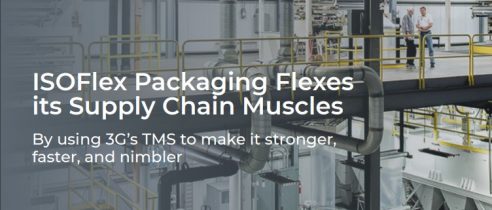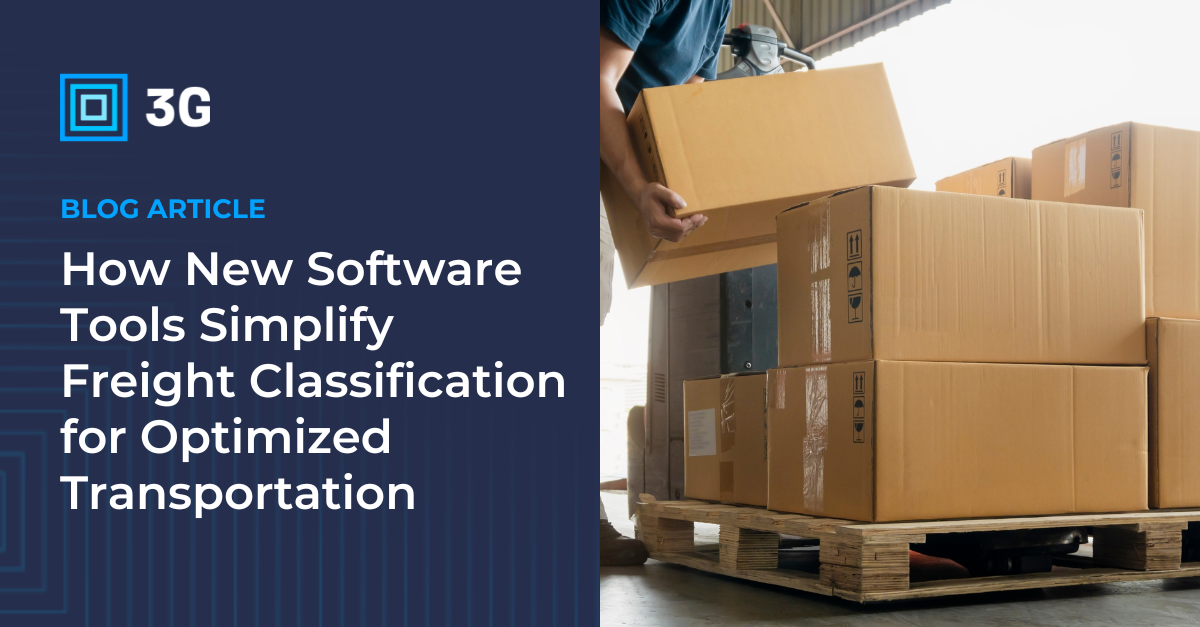Leveraging TMS and Shipping Software to Automate Freight Classification
Determining the correct freight class is crucial for optimizing shipping costs and ensuring smooth logistics operations. Advancements in Transportation Management Systems (TMS) and shipping software have significantly simplified this process, enabling businesses to automate freight classification and avoid costly misclassification errors.
Understanding Freight Class
Freight class is a standardized classification system used in less-than-truckload (LTL) shipping to categorize commodities based on specific characteristics. The National Motor Freight Classification (NMFC) system assigns freight classes ranging from 50 to 500, with lower numbers typically indicating denser and less fragile items. The primary factors influencing freight class include:
- Density: The weight of the shipment relative to its volume.
- Stowability: How easily the freight can be stored with other shipments.
- Handling: The ease or difficulty involved in transporting the freight.
- Liability: The risk associated with potential damage or theft.
Accurate classification is essential, as it directly impacts shipping rates and ensures compliance with carrier requirements.
Preparing for 2025 LTL Classification Changes
In 2025, significant updates to LTL freight classifications will be introduced by the National Motor Freight Traffic Association (NMFTA). These changes are expected to impact density-based classifications and how certain commodities are categorized. Staying compliant and optimizing freight costs will require businesses to stay updated on these revisions. More details on the upcoming changes can be found at NMFTA.org.
With these adjustments on the horizon, businesses that rely on automated freight classification tools will be better prepared to adapt quickly. Modern TMS and shipping software can automatically apply new classification rules as they are updated, reducing manual effort and ensuring continued accuracy.
The Role of TMS and Shipping Software in Automating Freight Classification
Modern TMS and shipping software tools integrate freight classification functionalities, reducing errors and enhancing efficiency:
- Automated Freight Class Calculators: These tools allow shippers to input shipment dimensions and weight to calculate density and suggest the appropriate freight class, eliminating guesswork and improving accuracy. The new Density Calculator in 3G Pacejet Shipping provides an easy-to-use tool for businesses to determine freight class based on precise calculations.
- TMS-Driven Classification Automation: Advanced TMS platforms automatically determine freight class during the shipment planning phase by pulling data from order management systems. They incorporate NMFC codes and pre-set rules to ensure accuracy and compliance with carrier standards, including upcoming 2025 classification updates.
- ERP-Integrated Shipping Software: When shipping software is integrated with an ERP system, it can leverage NMFC settings in item masters to further automate and improve freight classification accuracy. This integration ensures that each product has a pre-determined classification based on its characteristics, reducing manual data entry and streamlining the entire shipping process.
- Streamlined Packing Features for Automated Classification: Many modern shipping solutions include streamlined packing features that analyze package and pallet contents to improve freight classification. These tools automatically assess the weight, dimensions, and arrangement of packed goods, ensuring that classification is calculated more accurately and efficiently. This minimizes the risk of errors and helps businesses apply the correct NMFC code without manual intervention.
Benefits of Automating Freight Classification
Incorporating automation into the freight classification process offers several advantages:
- Cost Efficiency: Automated classification prevents overpayment on shipping rates and avoids potential reclassification fees imposed by carriers.
- Time Savings: Shipping teams no longer have to manually determine freight classes, allowing them to focus on higher-value logistics tasks.
- Enhanced Accuracy: Reducing human error in classification leads to more reliable shipping operations and better carrier relationships.
- Improved Compliance: With TMS and ERP integration, NMFC classifications are consistently applied, ensuring shipments meet carrier standards, including future regulatory changes.
Conclusion
Leveraging TMS and ERP-integrated shipping software to automate freight classification is a strategic move for businesses looking to optimize shipping efficiency and reduce costs. By utilizing automated calculators, integrating NMFC data within item masters, and applying digital tools like the Density Calculator in 3G Pacejet Shipping, companies can achieve greater accuracy, streamline shipping workflows, and improve freight cost management. With 2025 LTL classification changes approaching, companies that adopt these software solutions will be better equipped to adjust and remain compliant.








